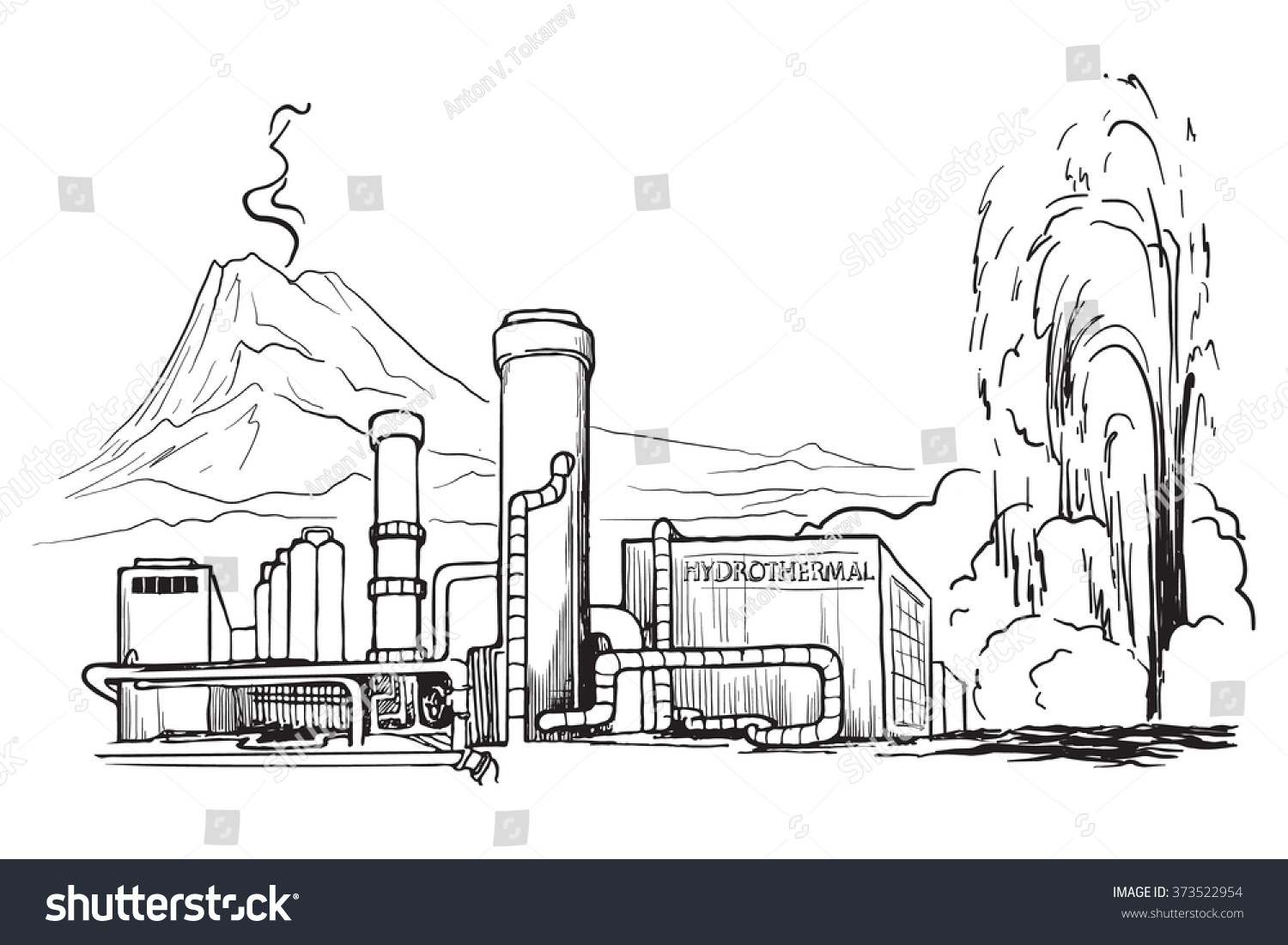Week Eleven
Week Eleven
This week was very interesting as we delved into the topic of the anthropocene. I knew the basic definition of this word beforehand, but I had yet to learn the manifold complexities of this topical issue. Here I have included some fascinating facts and figures for you all!
On a 4.6 billion year old earth, us humans have been present for 200,000 years, and in that time have altered 50 percent of it's land and changed our atmosphere drastically.
In fact the atmosphere is currently being affected by both the emissions from the beginning of the industrial revolution and the emissions since that time and this buildup will last for tens of thousands of years.
Half of the world's population has moved to urban areas so it doesn't seem likely that these emissions are going to cease anytime soon. Some cities are taking action though. Edinburgh is planning to hold a transport free day once a month in which no vehicles will be allowed to travel on the road.
Since Paul Crutzen and Eugene Stoermer introduced the word “Anthropocene” in 2000, scientists and nonscientists alike have used the word to highlight the concept that we are now living in a time when the global environment, at some level, is shaped by humankind rather than vice versa.
However, there exists major divergences in it's philosophy, The Anthropocene Working Group of the International Commission on Stratigraphy announced that over the next three years it will divide Earth’s story into two parts: one in which humans are a geological superpower — an epoch called the Anthropocene — and the other encompassing all that came before our species had a major influence on Earth’s functioning. Where to put the transition is being debated.The next step is to identify a "golden spike" – a global marker in the environment that indicates the start of the new age. This marker should be visible years – even millions of years – into the future for scientists to see. This would allow them to identify the start of the Anthropocene. The debate begins when they begin to try and decide on what they believe the best spike will be to indicate the Athropocene.
Fallout from nuclear bomb tests in the 1950 is seen a likely candidate. This could be found in ice layers, marine or lake sediment or potentially stalagmites and stalactites.
Other candidates include plastics, concrete particles, or soot and pollution from power stations. Scientists have also suggested that fossils from domestic chickens could be a defining marker that could define the Anthropocene.

These markers, developed in the 1950's misrepresent the continuous nature of human changes to our planet. They instill a Eurocentric, elite and technocratic narrative of human engagement with our environment that is out of sync with contemporary thought in the social sciences and the humanities. Decades of rigorous scientific research into the history, causes and consequences of the long-term reshaping of Earth systems by humans is being ignored in the group’s discussions. How can a human-centred geological period be defined without characterizing the development of societies, urbanization, colonization, trading networks, ecosystem engineering and energy transitions from biomass to fossil fuels? We call for the Anthropocene formalization process to be rebuilt on a rigorous, transparent, open and sustainable foundation in which the human sciences have a major role.
Many, including Erle Ellis is in the Department of Geography & Environmental Systems, University of Maryland, Baltimore County, now believe that the task of marking and recording this time frame has been too privatised and taken on by too small a task force.
They and their team believe 'the formalization of the Anthropocene must be more transparent and have wider input and assessment'. an idea which makes perfect sense to me. As a topic that affects the whole history and future of our planet it must be addressed quickly and globally to produce effective results.
That's it for this week everyone, thanks again for reading!
Coldtoesies.

Comments
Post a Comment